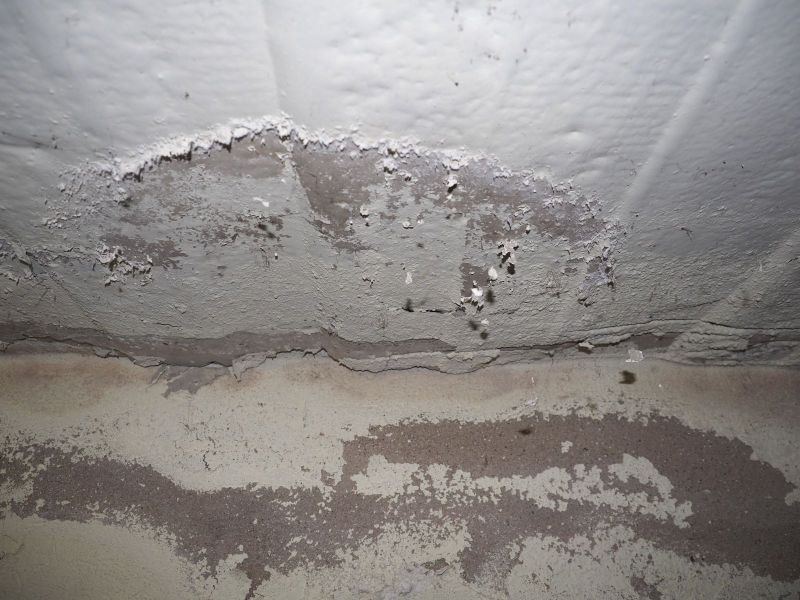Water damage can be a homeowner's worst nightmare. Whether it's caused by a burst pipe, a natural disaster, or a leaking roof, water damage can lead to structural issues, mold growth, and health hazards. However, with the right knowledge and prompt action, you can minimize the damage and restore your home to its pre-water-damage condition. In this step-by-step guide, we will walk you through the process of water damage restoration, empowering you to tackle the situation effectively and efficiently.
Step 1: Ensure Safety
Before starting any restoration work, it's crucial to prioritize safety. Make sure to turn off the electricity and gas supply to prevent potential accidents. Wear protective gear such as gloves, goggles, and a mask to safeguard yourself against any contaminants present in the water. If the water level is high or the damage extensive, it's advisable to seek professional assistance.
Step 2: Assess the Damage
Once the safety measures are in place, carefully assess the extent of the water damage. Determine the source of the water and take note of affected areas, including walls, floors, ceilings, furniture, and personal belongings. This assessment will help you prioritize your restoration efforts and decide whether you can handle the restoration yourself or if you need professional help.
Step 3: Extract the Water
The next crucial step is to remove standing water from your property. Use a wet/dry vacuum or a pump to extract water from carpets, floors, and other affected areas. Be thorough in your approach, ensuring that all the excess water is eliminated. For larger amounts of water or extensive damage, professional water extraction equipment may be required.
Step 4: Dry and Dehumidify
Once the excess water has been removed, focus on drying out the affected areas. Open windows and doors to improve air circulation. Use fans and dehumidifiers to expedite the drying process. Monitor the moisture levels with a moisture meter to ensure the areas are adequately dried. This step is crucial to prevent mold growth, which can further damage your property and pose health risks.
Step 5: Clean and Disinfect
After the affected areas have dried, it's important to thoroughly clean and disinfect them. Use a mild detergent and warm water to clean walls, floors, and other surfaces. Pay special attention to areas that came in direct contact with the water. Additionally, disinfect the affected areas to eliminate any bacteria, viruses, or pathogens that may have been present in the water.
Step 6: Restore and Repair
Once the affected areas have been cleaned and disinfected, you can begin the restoration process. Replace damaged drywall, flooring, or insulation as necessary. Repair or replace any damaged furniture, fixtures, or appliances. It's essential to address any underlying issues that may have caused the water damage to prevent future occurrences.
Step 7: Prevent Future Water Damage
To minimize the risk of future water damage, take preventive measures. Inspect and maintain your home regularly, paying attention to plumbing, roof, and drainage systems. Ensure proper insulation and sealing around windows and doors. Install a sump pump and a water leak detection system. In case of severe weather conditions, consider fortifying your property against potential flood damage.
Water damage restoration can be a daunting task, but with the right approach and timely action, you can effectively mitigate the damage. Remember to prioritize safety, assess the extent of the damage, extract the water, dry and dehumidify the affected areas, clean and disinfect, restore and repair, and take preventive measures for the future. In cases of extensive damage, seeking professional helpis highly recommended. By following this step-by-step guide, you can restore your home and minimize the long-term impact of water damage. Remember, swift action is crucial to prevent further damage and protect the well-being of your family and your property.

